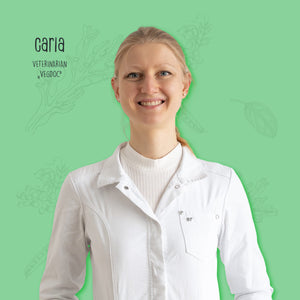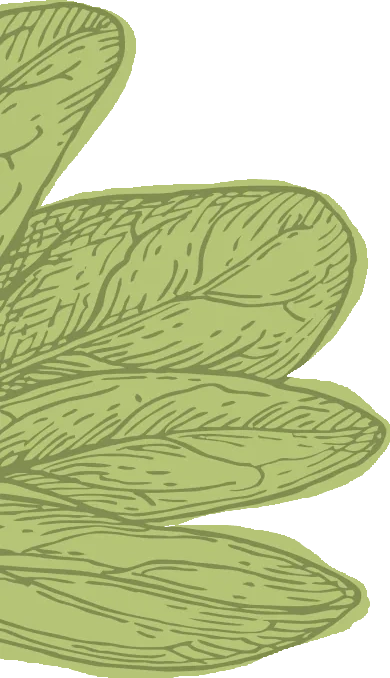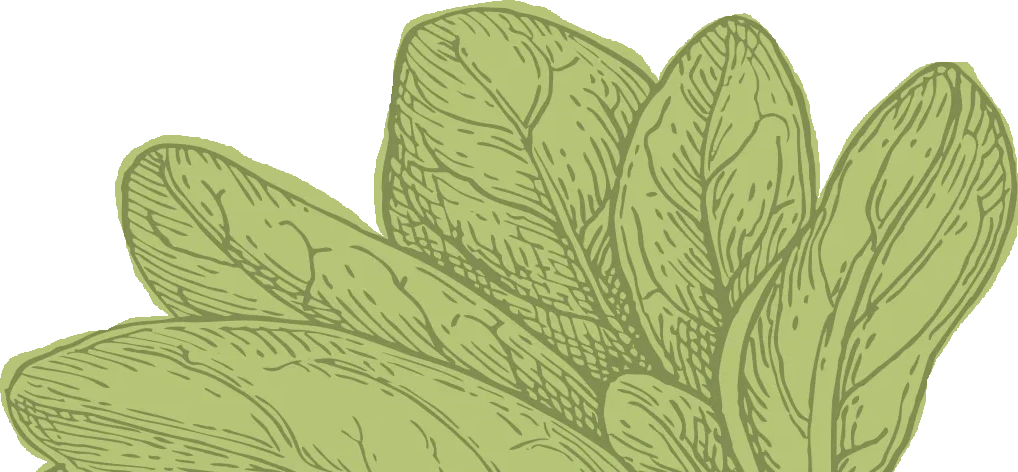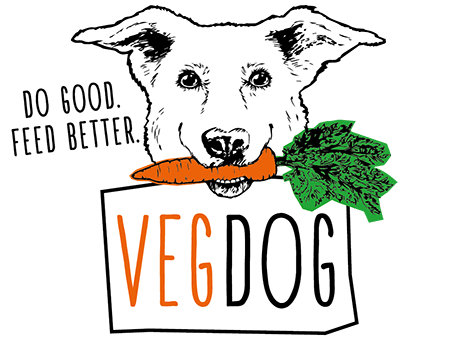
Changing the dog's diet
Does your furry friend have health problems or do you simply want to improve your four-legged friend's quality of life? A change in food can be the solution! We'll tell you what you should consider when changing food below.
In this article you will learn:
- How to get your furry friend used to different food
- How much time you need to take to change your pet's diet
- Which side effects (diarrhea, vomiting, ...) may occur
- How to get a puppy used to adult food
- How to switch from wet to dry food, or from dry to wet food
 Author: Carla Steffen
Author: Carla Steffen
 Proofreader: Veronika Hajek
Proofreader: Veronika Hajek
Updated: 07.10.2024
Published: 17.05.2024
Most four-legged friends can hardly wait to pounce on their food and stuff their bellies. However, if this is not the case, most people think that changing food will solve the problem. However, food should not be changed constantly without good reason, because in the worst case scenario, this can lead to intolerances and allergies that are then difficult to control. So if your dog is refusing to eat, first consider why this might be and try to fix the cause. A visit to the vet or a behavior therapist can often help motivate your four-legged friend to eat. In the following cases, we recommend changing food, ideally after consulting a vet:
- reaching a new age (puppy, adult, senior)
- food allergy or intolerance
- Certain diseases that require a change in diet
- Health problems such as frequent diarrhea, flatulence, vomiting, dull and flaky coat, refusal to eat
- overweight
- Changed level of exercise
- Switch to a higher quality food like VEGDOG
You can find out how best to change the food in this article!
Getting used to food step by step: The right duration
Our furry friends are as different as we humans ourselves. Some dogs have surprisingly few problems with a sudden change in food, while others have a particularly sensitive gastrointestinal tract and react with digestive problems. The new food could literally upset your darling's stomach. To avoid this as best as possible, we recommend a slow change in food for dogs. First feed the conventional food, replacing a small amount with our VEGDOG dog food. Increase the amount of the new food over time until your darling is getting the full ration.
Take three weeks and gradually increase the amount of plant-based food - see the illustration below. This will allow your dog's intestinal flora to adjust comfortably to the new diet. If your furry friend is very sensitive or the food has previously been particularly meat-heavy, take at least four weeks. And if you have any questions about the change, please contact us at tierarzt@vegdog.de.
Check out the video of our VEGDOC Carla, in which she talks about the change in diet:

Calculate ration correctly
And once the feed has been properly changed, the next question is how to calculate the correct ration. Our VEGDOC Carla has an answer to this question too:
Side effects and possible problems
Some furry friends need to get used to the new food composition, so digestive problems can occur at the beginning of the food change. This is completely normal and not a cause for concern at first. During the change in dog food, the amount and consistency of the stool can change.
It is not uncommon for the amount of stool to increase, with the consistency being softer than usual. Sometimes diarrhea can even occur. Mild flatulence can also occur as a side effect. However, all of these symptoms should quickly subside. After four weeks at the latest, your four-legged friend's digestive tract should have recovered and become completely accustomed to the new food. We will give you an overview of the side effects that can occur due to food changes and for which you should seek veterinary advice:
itching
Itching is a symptom that your furry friend is not tolerating either the old or the new food. Food allergies can be the cause. If you switch to a hypoallergenic food such as VEGDOG's SENSITIVE LUPINE PROTEIN , you should see an improvement after four to six weeks. If the itching is still there, an elimination diet could be considered.
Diarrhea
Diarrhea can be the result of a change in diet. Make sure that the diarrhea does not last longer than 5 days. If the diarrhea lasts longer, you should seek veterinary advice and, if necessary, stop the change.
Vomit
Vomiting should not occur when changing food. If it does, then the food was changed very abruptly or the dog is particularly sensitive to food. If your dog vomits several times, it is best to go to a vet. Vomiting can not only be a symptom of intolerance, but can have many other causes that should be clarified.
flatulence
Flatulence can occur due to food changes, as our four-legged friends first have to get used to the new composition of the food. However, this should subside after a few days at the latest.
Slimy stool
Since the intestines have to adjust to the new food, mucus can appear in the stools in the first few days. As with the other symptoms, if your pet continues to produce slimy stools, you should visit a vet. However, small amounts of mucus in the stools are normal, as mucous glands in the stomach and intestines produce a secretion so that the food can be better digested and transported.
blood in the stool
Blood in the stool is a sign of an inflammatory process in the gastrointestinal tract and should always be treated as an emergency. In the best case scenario, it can indicate that the furry friend is not tolerating the new food. However, blood in the stool can also have very serious causes such as tumors or ulcers, which is why a veterinary practice should be consulted immediately.
Excreting a lot of urine
When switching from dry to wet food, your four-legged friend will drink more water. This can lead to your furry friend having to pee more often. If your dog pees more than average, you should see a vet to check for a bacterial infection, bladder stones or another underlying disease.
Changing the food for puppies
Puppies should be fed three to four times a day shortly after weaning from their mother. After six to twelve months (depending on the breed), this can be reduced to two to three meals a day.
Puppy food should be fed to the dog up to one year. From the 13th month of life, the dog should be switched to adult food. The change can take up to ten days. The difference between puppy and adult food lies mainly in the mineral content, as puppies need more minerals such as calcium and phosphorus during the growth phase. It is therefore extremely important that puppies are fed a suitable puppy food during their growth, as otherwise serious growth disorders can occur.
Switching from wet food to dry food
If you are switching from wet to dry food, you should make sure that your dog drinks enough liquid. Wet food has a much higher water content, which is why your dog has to drink more when eating dry food. Therefore, always have fresh water available. To make the transition easier for your four-legged friend, you can also soak the dry food in warm water.
Switching from dry food to wet food
Wet food is very popular with many furry friends. Since it has a more intense smell than dry food, it can motivate even picky dogs to eat. It is therefore not uncommon for dog owners to switch from dry to wet food.
But it's not just picky eaters who can benefit from such a change in diet, but also dogs that drink little, as well as seniors who suffer from dental problems. A change in the type of food can therefore be very useful. However, be aware that your dog may pee a lot as a result of this change in diet, as he is taking in additional water through the wet food.
Common reasons for changing food
Most four-legged friends can hardly wait to pounce on their food and fill their bellies. We also recommend changing food in the following cases:
- reaching a new age (puppy, adult, senior)
- food allergy or intolerance
- Certain diseases that require a change in diet
- Health problems such as frequent diarrhea, flatulence, vomiting, dull and flaky coat, refusal to eat
- overweight
- Changed level of exercise
- Switch to a higher quality food like VEGDOG
Positive effects of feed change
The ingredients of a high-quality dog food have a particular effect on the skin and fur of your four-legged friend. If your furry friend previously had dull and brittle fur, it should shine again in full splendor after a few weeks. Your four-legged friend's digestion should also work smoothly again. The consistency of the stool should now be within the normal range, while flatulence should be a thing of the past.
Tips for switching to VEGDOG food
At VEGDOG, we use no artificial flavors or attractants in our food, such as GREEN CRUNCH . To make the transition to VEGDOG really tasty for picky dogs, here are a few little pro tips from our vet:
- Warm wet food slightly or mix dry food with body-temperature water and let it soak
- mix in some smoked tofu
- Umami toppings such as yeast flakes or a high-quality vegetable oil

VEGDOG for the health of your four-legged friend
There are many really good reasons to feed your dog a plant-based diet with VEGDOG. One of them is health! Because our food is highly digestible, hypoallergenic and of the highest quality. It contains a perfectly balanced nutrient profile with alternative proteins and fatty acids - developed (and celebrated) by specialist veterinarians.
Join in and try it vegan!
FAQ
How long does it take a dog to get used to new food?
For dogs, a change in diet should be slow and gradual. A period of three to four weeks is ideal.
When will there be improvement after changing the dog's food?
If your dog is already suffering from digestive or skin problems before changing his food, an improvement can occur just four weeks after the change in food if he is fed a high-quality food.
What happens if I change dog food too quickly?
If the dog's food is changed too quickly, gastrointestinal problems can occur. These include a change in stool consistency, diarrhea and flatulence.








